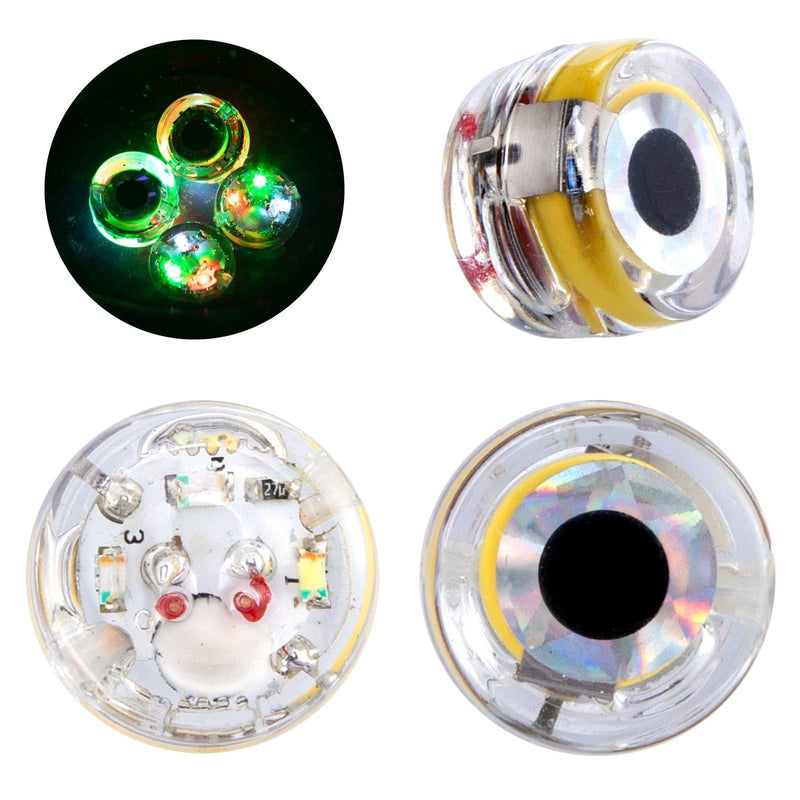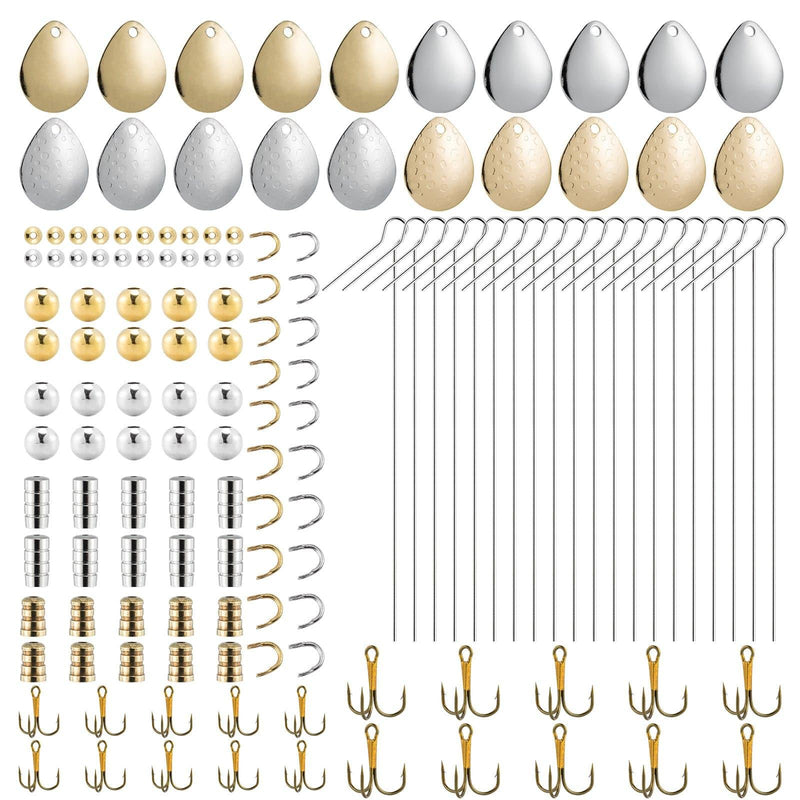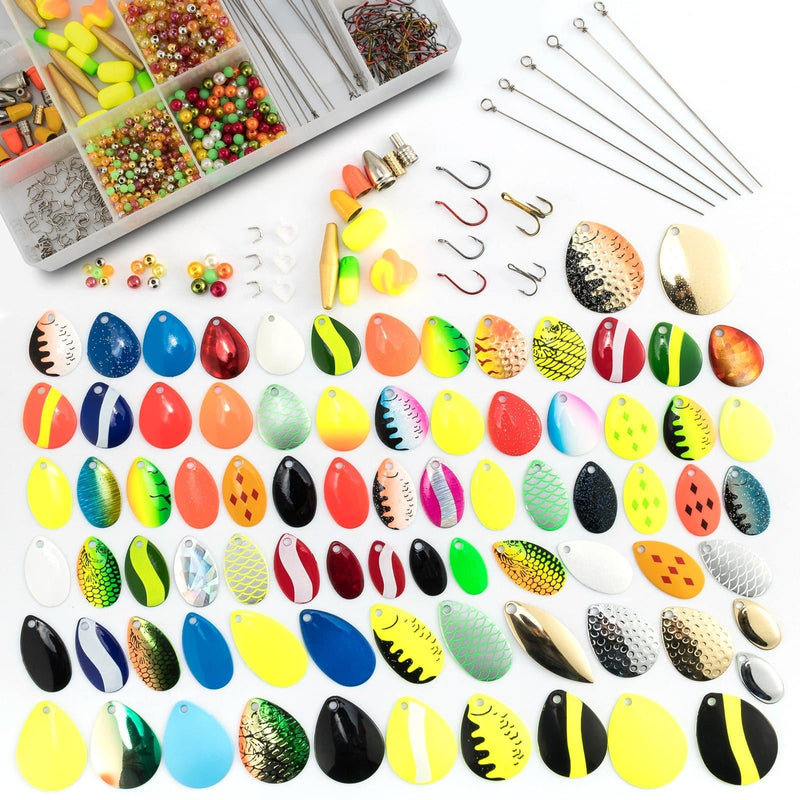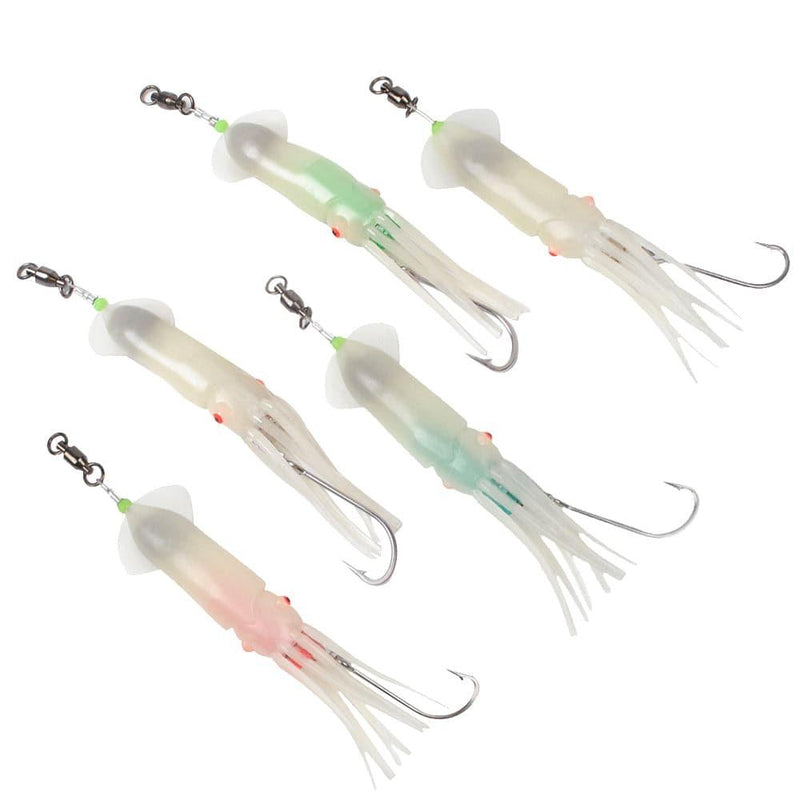Ice Fishing Jigs Guide: Types and Uses
Introduction
Ice fishing is a specialized technique that allows anglers to fish through frozen lakes and rivers during the winter months. Unlike open-water fishing, ice fishing requires precise tools and strategies to reach species such as panfish, walleye, crappies, bluegills, and pike that often congregate beneath the ice. One of the most essential tools for ice anglers is the ice fishing jig. Selecting the right jig type, size, and presentation can dramatically improve catch rates, allowing anglers to entice even cautious fish in cold, low-light conditions.
In this guide, we explore ice fishing jigs, their types, effective jigging techniques, and practical buying advice to help anglers optimize their winter fishing experience.
What Are Ice Fishing Jigs?

Ice fishing jigs are small, weighted lures specifically designed for vertical fishing through ice holes. Unlike regular jigs, they are compact, balanced, and designed to sink quickly, maintaining stability and precise control under ice. These characteristics make them ideal for species that remain near the bottom or mid-depths in winter.
Many anglers ask, “Can I use regular jigs for ice fishing?” While standard jigs may work in certain conditions, they are often heavier or less balanced for vertical movement. Ice fishing jigs, particularly smaller sizes, excel in subtle presentations and controlled movements, which are crucial when targeting panfish, crappie, or bluegill during cold months.
Main Types of Ice Fishing Jigs
Ice fishing jigs can be broadly categorized by how they move beneath the ice — horizontal swimming jigs and vertical drop jigs. Each style offers distinct action, balance, and sink behavior that affects how fish respond during winter’s low-activity periods.
Horizontal (Swimming) Ice Jigs
Horizontal ice jigs are balanced through the center of their body, allowing them to glide or swim outward when lifted and dropped. This side-to-side motion imitates the movement of small baitfish like shiners or minnows — a natural trigger for active species such as perch and crappie.
These jigs excel when fish are suspended mid-depth or chasing prey aggressively. The best technique is to give the rod short, crisp lifts followed by brief pauses, letting the lure swim out and drift back in a semi-circle. This subtle glide often provokes reaction bites from schooling fish beneath the ice.
Vertical (Drop-Style) Ice Jigs
Vertical jigs, by contrast, are weighted toward the head or base, causing a direct, stable fall through the water column. They are ideal for targeting fish near the bottom or in deep, cold layers where precise depth control is key.
Because they maintain vertical balance, these jigs are favorites for walleye, pike, and lake trout, especially when paired with live bait like minnows or wax worms. The tight, controlled motion mimics aquatic insects or small crustaceans, appealing to neutral or finicky fish in tough conditions.
Common Ice Jig Shapes and Their Characteristics
Beyond horizontal or vertical balance, ice fishing jigs come in different shapes and profiles, each influencing how they move and attract fish:

- Tadpole: Rounded head with a tapering body, producing a natural flutter when lifted and dropped.
- Pooppoop: Compact and subtle, ideal for panfish and crappie, offering gentle vertical action.
- Raindro: Teardrop-shaped, sinks quickly, and creates a smooth wobbling motion, perfect for suspended fish.
- Bee: Cylindrical or elongated design, suited for deeper drops and steady falls.
- Cone: Conical head allows smooth water penetration and stable descent, effective for walleye and pike.
Choosing the right shape, color, and size depends on target species and water clarity. Smaller, more natural jigs work well for cautious panfish in clear water, while larger or brightly colored ones attract aggressive predators like walleye and pike in deeper or murkier environments. High-contrast or UV-coated jigs are particularly useful under low-light conditions beneath the ice.
Ice Fishing Jigging Techniques
Proper jigging technique is critical for triggering strikes and presenting the jig naturally:
- Lift-and-Drop: Lift the jig several inches and allow it to fall naturally, simulating injured prey. This movement often triggers aggressive strikes.
- Deadstick: Keep the jig stationary below the ice hole. Effective for lethargic fish or those feeding conservatively.
- Flutter Jigging: Use small, subtle twitches to imitate a swimming or fluttering prey. Works well for crappie, bluegill, and other panfish.
Pairing ice jigs with live bait, small worms, or soft plastics enhances attraction. Adjusting the cadence, drop speed, and jig height according to water temperature, depth, and fish activity increases effectiveness.
Buying Guide for Ice Fishing Jigs

When choosing ice fishing jigs, focus on material, weight, and visibility—each factor directly impacts how your lure performs beneath the ice.
- Material and Density: Lead jigs are the traditional option, offering balanced weight and a steady sinking rate suitable for most ice fishing depths. Tungsten is denser than lead, so it sinks faster and maintains better control in deeper water or current. Its smaller profile looks more natural to slow or cautious fish in cold water.
- Hook Quality: Sharp, durable hooks improve hook-up rates and can handle strikes from larger species like walleye or pike.
- Finish and Color: Bright, reflective, or glow finishes increase visibility in deep or cloudy water. Subtle tones work best in clear lakes, while UV or luminous coatings improve success during early morning and dusk hours.
- Weight Selection: Small jigs (1/64–1/32 oz) are suited for panfish or shallow depths, while larger jigs (1/8–1/4 oz) are better for deeper water or aggressive species.
- Variety Kits: Kits with multiple shapes and sizes allow anglers to adapt to different species, depths, and conditions without having to carry individual pieces.
A well-rounded jig selection ensures that anglers can adjust quickly to changing ice conditions and fish behavior.
Conclusion

Ice fishing jigs are the foundation of effective winter angling, and understanding how their design, material, and action influence presentation helps anglers adapt to any condition. Whether it’s the smooth glide of a horizontal jig or the precise drop of a vertical one, success depends on matching the lure to the fish’s mood and environment. With the right mix of jig type, color, and technique, even the harshest frozen waters can deliver both rewarding catches and an enjoyable winter fishing experience.







0 comments